After a surge of moths on Saturday night, things were looking promising on Sunday, with clear skies and sunshine the order of the day. Sure enough it wasn't long before a pale-winged beacon of spring fluttered through the garden in the shape of a brimstone, and sent me scurrying for my camera. Sadly, as so often at this time of year, he had no intention of stopping and continued fluttering straight out of the garden and out of sight. There was some compensation to be had in the garden though as I found a green shieldbug, freshly emerged from hibernation and still clad in its drab winter garb.
 |
| Green Shieldbug (in disguise) |
Heading down the bridleway it was immediately obvious that the spring warmth and sunshine had brought lots of plants into flower. My plant knowledge is still pretty ropey, but a dandelion was an easy starter (although technically there are hundreds of dandelion species, I'll stick to calling them all dandelions!). In the woods there was a less familiar plant, with tiny pink flowers which made me think of speedwell. After a bit of research I settled on ivy-leaved speedwell as the most likely candidate, and that was confirmed by lots of helpful people on Ispot.
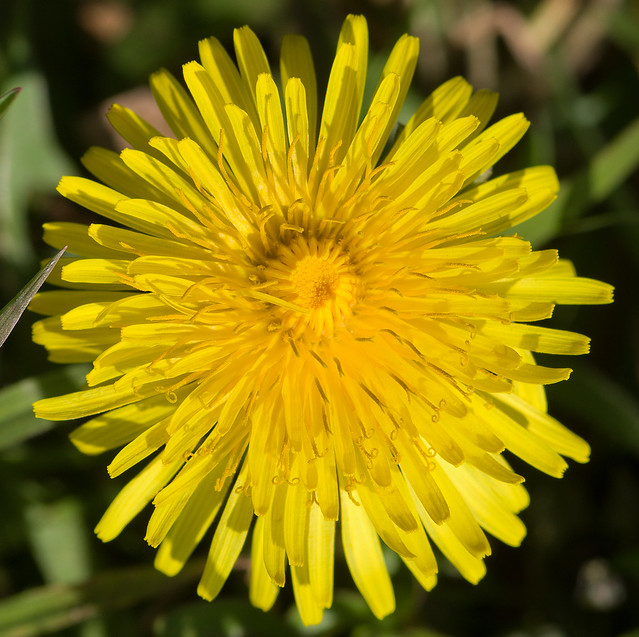 |
| Dandelion or Taraxacum agg. if you're being picky |
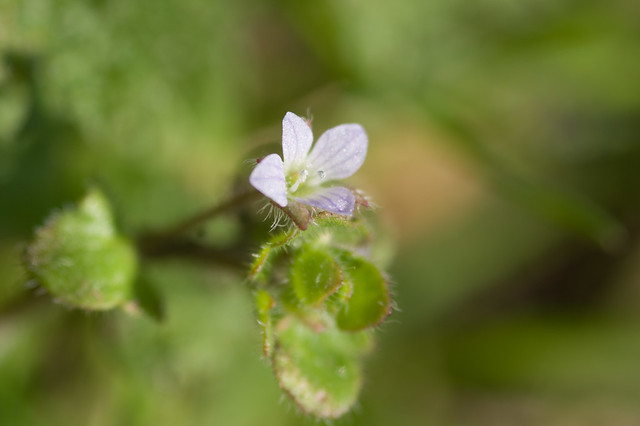 |
| Ivy-leaved Speedwell |
I soon found the more familiar common field speedwell, growing alongside the dainty white flowers of common whitlowgrass on a roadside verge. Butterflies seemed to be everywhere, with at least 10 brimstones skipping past me, but none of them settled for even a moment, so photographs were out of the question. Giving up on capricious lepidoptera I was pleased to find an
Ophion scutellaris resting on an ivy leaf, not a new species for the year, but the first I've seen away from a moth trap.
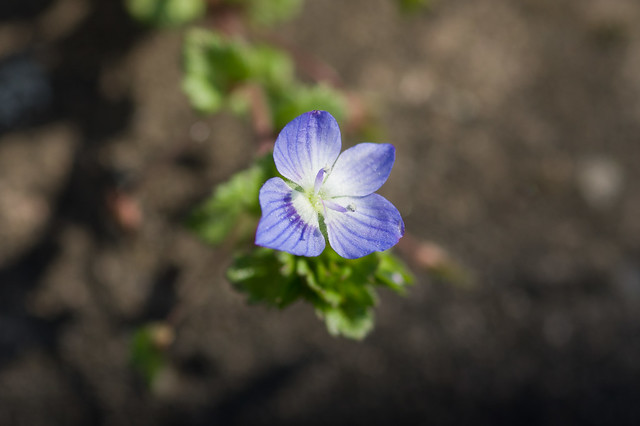 |
| Common Field Speedwell |
 |
| Common Whitlowgrass |
 |
| Ophion scutellaris |
Also on the ivy was a tiny yellow fly with neat black markings, that I think is the catchily named
Thaumatomyia notata, along with a small army of seven-spot ladybirds, which seem to be having a very good spring. Back home I was hoping to find my first solitary bees of the year basking in the sun, but had to settle for a dopey queen common wasp, warming up in preparation to start a nest.
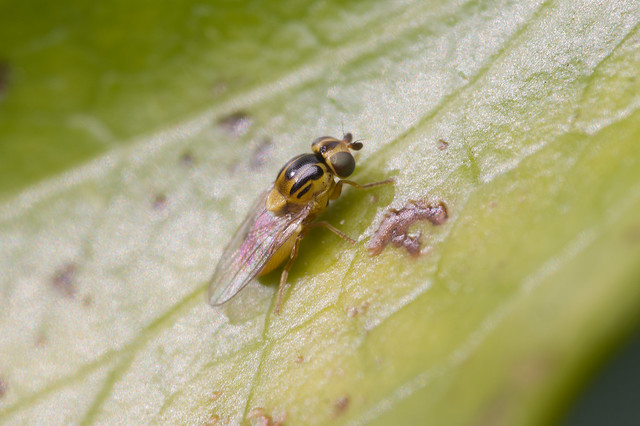 |
| Thaumatomyia notata (c.2.5mm long) |
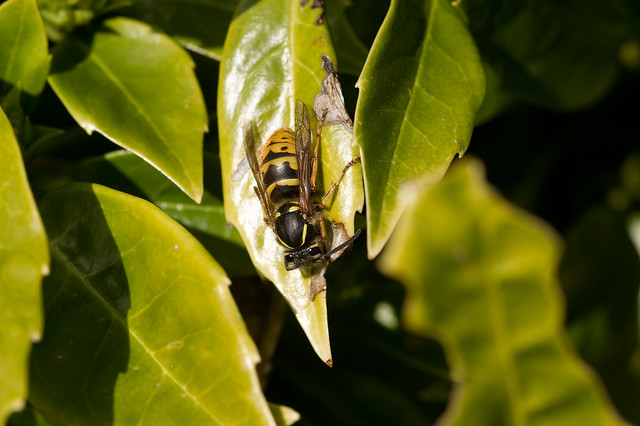 |
| Queen Common Wasp |
Total: 121 Species - see all the photos here
Lifelist 1295 Species New additions: Ivy-leaved Speedwell and Common Whitlowgrass








No comments:
Post a Comment